Understanding the health of your SaaS (Software as a Service) business is crucial, but you need to be looking at the right metrics to accurately measure it. This article brings together some of the excellent online (re)sources that are available to the startup software entrepreneur looking to deepen their knowledge of this area.
This is my quick reference guide to the battle-hardened experts who’ve earned their scars in the SaaS trenches, and who wanted to make it easier for SaaS entrepreneurs like you and me as we follow intrepidly in their footsteps.
Where did I find these awesome resources?
Most of the resources I have come across were from experts I follow on Twitter – either blog posts they wrote themselves, or others that they recommend.
The articles here are applicable, in my view, for both very early stage startups in the search for Product Market Fit (PMF) from €0 to €1M annual recurring revenue, as well as post-PMF startups looking to scale from €1M annual recurring revenue upwards.
Why should you bother reading any of what I’m suggesting?
Firstly, all credit for the content must go to the various trail-blazing authors behind the linked articles, and I’d strongly recommend you to dig deeper into the areas where you feel you and your business can learn the most.
Secondly, a disclaimer. I don’t claim to have a complete handle on all of this – far from it, in fact. That’s the very reason I’ve invested time (and some money) endeavouring to give myself that better understanding.
Moving outside our comfort zones
I’ve always believed that it’s critical to push yourself (and others) beyond the comfort zones of our learning experiences to date. How else otherwise do we grow? How do we learn from the mistakes of others without reading about and learning from them?
From a business perspective – and especially a startup business perspective – a theme that runs through all of the resources is this: if you want to put yourself into the less than 1% of startups who’ve a decent chance of making a commercial success of your idea, then you need to think differently. And the best starting point is to learn from others who’ve been there before, who can tell you the things that they dearly wished someone had told them the first time round. To learn from the best.
The resources in this guide are principally focussed on the engine of your business. But it’s how the entrepreneurs (some now venture capitalists) featured here did it that is interesting. They roll up their proverbial sleeves and ‘get their hands dirty’. There’s no corner of your business that they don’t look into. And they do this for good reason. They want to show you that you need to have a complete understanding of every facet of your business; and it’s your metrics that tell you how the business is doing.
Read these resources, learn to love them, and think of them as a trusted old friend who meets you for a coffee every couple of months and asks you: “But seriously, {insert name here}, are you sure you know what you’re doing with this whole startup lark?”
If you learn from these resources, you’ll reduce your risk of failure, and I reckon you’ll be able to look that friend in the eye and reply, with honesty and conviction, and say: “Yes, my old friend, I do.”
Some SaaS definitions
You’re probably already familiar with these definitions, but just in case you’re not, let’s agree some terms that will appear frequently in the resources:
Monthly Recurring Revenue (MRR)
This is the lifeblood of your business, and probably the bedrock metric against which all others are measured. There are four generally accepted definitions of Monthly Recurring Revenue:
- New MRR: new customers coming on board, and the revenue that they bring with them
- Expansion MRR: upgrades from existing customers, i.e. your existing customers buying more from you than they did the previous month. Remember, ‘expand’ means getting bigger
- Contraction MRR: downgrades from existing customers, i.e. your existing customers buying less from you than they did the previous month. Remember, ‘contract’ means getting smaller
- Cancelled MRR: cancellations by existing customers, i.e. the dreaded ‘churn’ where you lose a customer completely
Net expansion MRR: Coming back to that word I just used in the cancelled MRR definition. One variant on that would be the definition for ‘Net Churn’ or ‘Net Expansion MRR’. This is where Net Expansion MRR grows faster than gross CMRR (Cumulative Monthly Recurring Revenue from that prior period) i.e. more upgrades than downgrades per calendar month, taking into account any downgrades on a monthly basis. This is the sweet spot that as a startup you should be aiming for.
So we can say that “net expansion” is therefore the difference between Expansion MRR (upgrades from existing customers) and Contraction MRR (downgrades from existing customers).
Customer Acquisition Cost (CAC)
One other important definition (and there are of course many more) would be understanding your CAC, your Customer Acquisition Cost. What does it ‘cost’ the business to acquire a new customer? Broadly speaking, this is calculated by taking your sales & marketing costs and dividing that by the number of new customers in (measured quarterly).
Why is CAC so important in a SaaS business? Because your CAC (the cost to acquire your new customer) is pretty much incurred up front. But the return – the revenue that your newly acquired customer pays to you on a monthly (or otherwise) basis – comes in to your business in delayed (probably monthly) stages. So, it can actually take you (depending on your CAC and MRR) sometimes a year or more before your customer has paid you more than the cost incurred to your business in the effort to acquire them as a customer in the first place! That’s expensive.
Economics 101! That sounds like you’re going to have work out how you acquire those customers, when the revenue to acquire them comes in so late. So, without further ado, here’s a list of some of my favourite experts in the area of SaaS, who I wish I’d known about a long time ago.
SaaS resource list
“Pirate” Metrics
Blog name: 500 Hats
Blog focus: Startups, tech, VC funding
Author’s background: Dave McClure is a venture capitalist and founding partner at 500 Startups, a venture capital firm and startup incubator headquartered in Silicon Valley, founded by PayPal and Google alumni with over $250M in assets under management.
Why it’s worth reading: The whole blog has masses to offer, but I’m specifically recommending an article from 2007 called ‘Pirate Metrics’. Pirate Metrics is just a short-hand way to remember McClure’s acronym, AARRR, for what he considers to be the fundamentals to the customer lifecycle. (Go on, say it aloud: AARRR, pretending to be a pirate! Now you get it!)
McClure talks about what he terms the five steps to success in the customer lifecycle. Understanding where your business is at – how it’s measuring up – in each of those 5 AARRR steps, will help you determine your path of the journey towards success. AARRR stands for:
Acquisition: users coming to your site from various channels
Activation: users enjoying their first visit – a ‘happy’ user experience
Retention: users come back to your site, visiting it multiple times
Referral: users like your product enough to refer it on to others
Revenue: users conduct some monetization behaviour
Recommended reading: Startup Metrics for Pirates: AARRR!
Andreessen Horowitz
Blog name: A16z.com
Blog focus: Andreessen Horowitz backs bold entrepreneurs who move fast, think big, and are committed to building the next major franchises in technology. Founded by Marc Andreessen and Ben Horowitz, the firm provides entrepreneurs with access to expertise and insights in innovation, executive and technical talent, market intelligence, policy and regulatory affairs, business development, and marketing and brand-building.
Author’s background: See above.
Why it’s worth reading: “The key difference between traditional software and software as a service: Growth hurts (but only at first).”
Recommended reading: Understanding SaaS: Why the Pundits Have It Wrong
David Skok – For Entrepreneurs
Blog name: For Entrepreneurs
Blog focus: This isn’t light reading. But it contains the keys to the kingdom in understanding this area.
Author’s background: Slok started his first company a few months after leaving university at the age of 21, and over the next 25 years founded a total of four companies (Skok Systems, Corporate Software Europe, Watermark Software, and SilverStream Software) and did one turnaround (Xionics). Three of the companies went public, one was acquired, and one initially succeeded, but then failed when he moved the company to the US. After 25 years as an entrepreneur, he became a venture capital partner at Matrix Partners, the firm that had backed his last two companies.
Why it’s worth reading: “This article is a comprehensive and detailed look at the key metrics that are needed to understand and optimize a SaaS business.”
Recommended reading: SaaS Metrics 2.0 – A Guide to Measuring and Improving What Matters
Tomasz Tunguz – Venture capitalist blog
Blog name: TomTonguz.com
Blog focus: See author’s background below.
Author’s background: A partner at Redpoint (VC firm) who writes daily, data-driven blog posts about key questions facing startups, including how to fund raise, startup benchmarks, management best practices and team building. He co-authored the book, Winning with Data.
Why it’s worth reading: Great data-centric unpacking of questions that should be being asked by all startups.
Recommended reading: The Importance of Payback Period for SaaS Startups
Andrew Chen
Blog name: @andrewchen
Blog focus: “long-form essays on what’s going on here in Silicon Valley.”
Author’s background: Andrew Chen works at Uber, where he heads up driver acquisition programmes for the Growth team. He writes about mobile, metrics, and growth. He is an advisor/investor for tech startups including AngelList, Barkbox, Dropbox, Grovo, Kiva, Product Hunt, Qualaroo, Wanelo, and ZenPayroll. Previously, he was an Entrepreneur-in-Residence at Mohr Davidow Ventures, a Silicon Valley-based firm with $2B under management. Prior to MDV, Andrew was director of product marketing at Audience Science, where he started up the ad network business that today reaches over 380 million uniques. He holds a B.S. in Applied Mathematics from the University of Washington.
Why it’s worth reading: Don’t trust me, trust Eric Ries, author of The Lean Startup: “One of the best entrepreneurship blogs of all time.”
Recommended reading: Minimum Desirable Product
Price Intelligently – Price Sensitivity Analysis and your SaaS Metrics
Blog name: Price Intelligently
Blog focus: Helping SaaS leaders align the right product to the right customer for the right price in order to boost revenue and learn more about their customer.
Author’s background: See below.
Why it’s worth reading: The authors drill into you that pricing is a process, and probably the single most valuable and overlooked lever in your SaaS business – many SaaS companies will happily spend thousands of hours building and refining their product, but may only dedicate 6 hours to pricing it – and yet wonder why their business with an awesome product went swirling down the drain.
Recommended reading: Buyer Personas – understanding your customers’ willingness to pay
Jason Lemkin – SaaStr Blog – getting from $0M to $100M faster
Blog name: SaaStr
Blog focus: SaaStr began in 2012 as a simple attempt via a WordPress blog, together with a few answers on Quora, to help share back Jason M. Lemkin’s learnings of going from $0 to $100M ARR with the next generation of great SaaS and B2B entrepreneurs. It has since gone on to become the largest community of SaaS founders and entrepreneurs, with over 3 million views per month and 20 million+ views on Quora, and events hosted throughout the year.
Author’s background: Two time tech entrepreneur (with two successful exits to his name), Lemkin moved into the world of venture capital. Previously CEP of EchoSign, online digital signature tech company acquired by Adobe. What differentiated him was his ability to spot the gap in the resources available to someone interested in the entire journey of a start-up, from idea through to acquisition.
Why it’s worth reading: What distinguishes his blog is his unflinching, searing honesty, his consistent supply of real life examples for the the theories he espouses, and his unrelenting encouragement and infusion of belief in the underlying revolutionary aspect of the SaaS model business model. If you haven’t yet started learning from him, he’d be one of the first I’d encourage you to look at. He’s also co-authored a book called From Impossible to Inevitable with Aaron Ross, who lead the outbound sales and prospecting team at Salesforce which added an extra $100M of revenue. Lemkin’s the founder of arguably the world’s largest pure SaaS conference.
This is the blog of the entrepreneur (exits @ $12M and then $50M) turned VC exclusively focusing on Saas. His writing is compelling and highly educational.
Recommended reading: How to Know When You’ve Hit Initial Traction in SaaS. The Moment When You’ve Got A Real Company. I also highly recommend that you sign up to their weekly articles. For example in his article, The Top 10 Mistakes First Time SaaS Founders Make, point no. 7 is bang on for scaling enterprise level software sales.
Mistake #7: Not going up-market fast enough. Dude. If you have one $100k customer, you can get 2, and then 10. And if you have one $100k customer, you really think the next one can’t pay $150k? Of course they can. Don’t be scared. Don’t be timid. Push up market as fast and as hard as you can. Make the ask. Do it.
Chaotic Flow by Joel York – 10-part guide on SaaS metrics
Blog name: SaaS Blog by Joel York of Chaotic Flow
Blog focus: SaaS, coming from a mathematical background.
Author’s background: CalTech and Cornell scientist and technologist who’s been making and marketing and writing about B2B software (desktop, enterprise, SaaS) for the last 20 years.
Why it’s worth reading: Joel York’s blog contains razor-sharp articulations of all SaaS metrics, and he’s been a pioneer in assisting other entrepreneurs to better understand the area. His illustrations of the maths underlying some of the concepts can help even people who struggle, like me, with basic algebra! He’s written an incredibly useful guide to SaaS metrics.
Recommended reading: In his series on SaaS Metrics and their inter-relating impact on each other, he’s written a great 10 part series of articles which are all in my view well worth reading. It discusses:
- Churn kills SaaS growth
- New customer acquisition growth must outpace churn
- Viral growth trumps SaaS churn
- Company time to profit follows customer break-even
- Best cast time to profit is simple break-even
- Growth creates pressure to reduce total cost of service
- Churn creates pressure to reduce total cost of service
- Upselling and upgrading accelerates SaaS profitability
- Joel’s magic SaaS number
- SaaS customer lifetime value drives SaaS company value
Inside Intercom – the blog for Intercom
Blog name: Inside Intercom
Blog focus: Design, customer experience, startups and the business of software.
Author’s background: Irish entrepreneurs build global customer software platform with a suite of products for live chat, marketing, feedback and support – and then write about the experience as they go.
Why it’s worth reading: Beautifully put together posts that are actionable and written from the entrepreneur’s perspective (which is rarer than you’d think).
Recommended reading: SaaS Metrics for Fundraising
See also:
Paul Graham
Blog name: Paul Graham
Blog focus: All matters startup and technology rated.
Author’s background: Paul Graham is a programmer, writer, and investor. In 1995, he and Robert Morris started Viaweb, the first Software as a Service company. Viaweb was acquired by Yahoo in 1998 and became Yahoo Store. In 2001, he started publishing essays on paulgraham.com, which in 2015 got 34 million page views. In 2005, he and Jessica Livingston, Robert Morris, and Trevor Blackwell started Y Combinator, the first of a new type of startup incubator. Since 2005, Y Combinator has funded over 1,000 startups, including Dropbox, Airbnb, Stripe, and Reddit.
Why it’s worth reading: Absolute cutting-edge thinking. He’s one of the most influential thought-leaders in technology today.
Recommended reading: Startup=Growth
See also: his book, Hackers & Painters: Big Ideas from the Computer Age
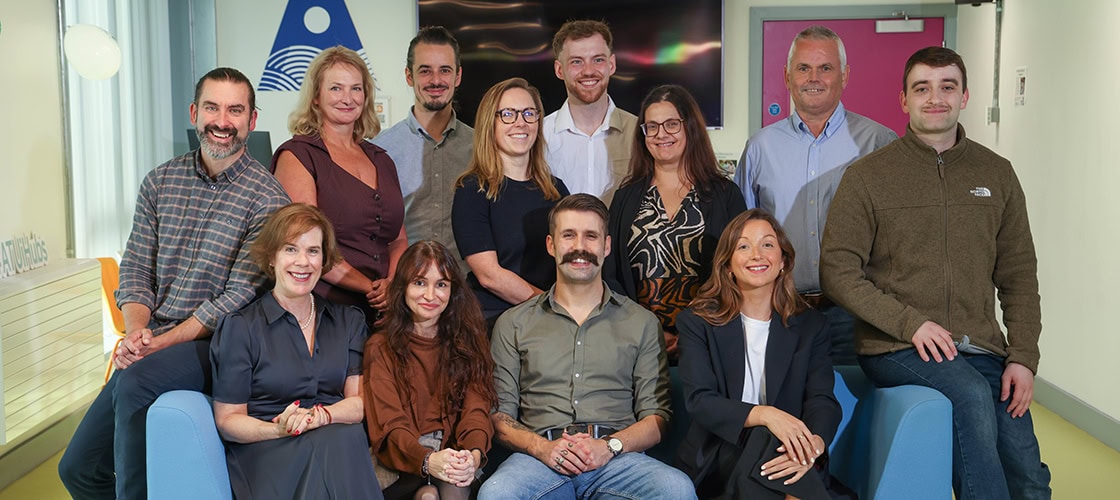

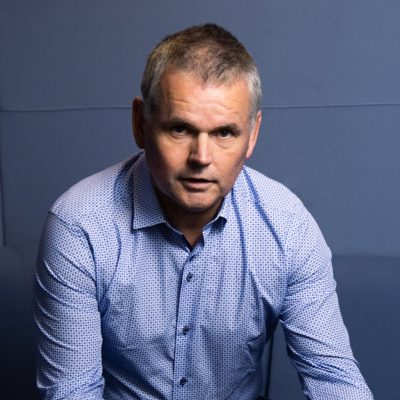
 Scarlet Bierman
Scarlet Bierman

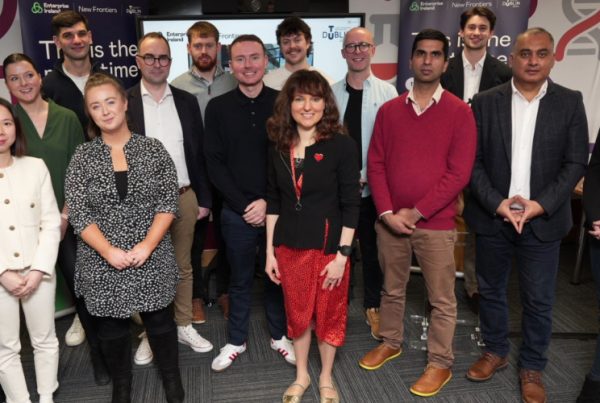
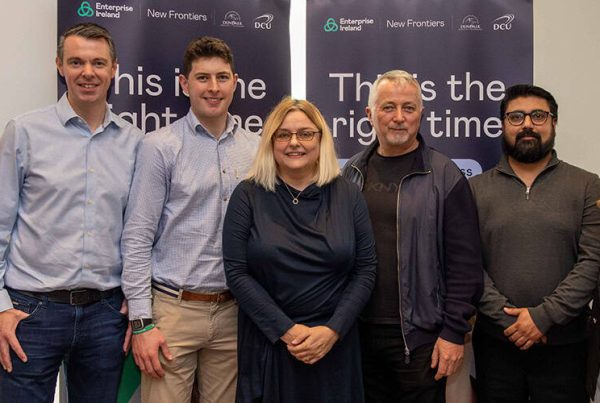

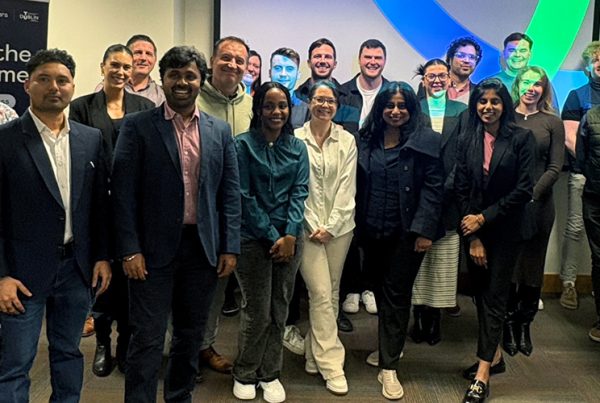
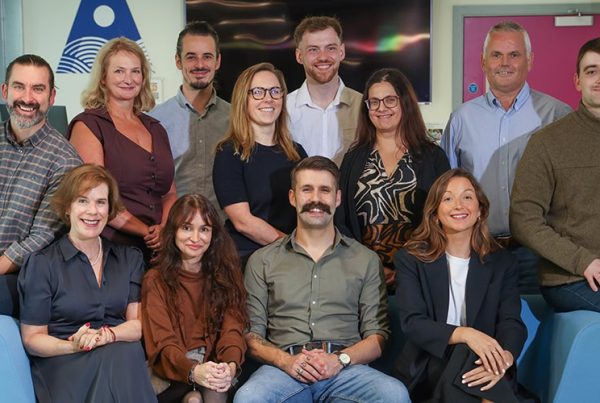

 Scarlet Bierman
Scarlet Bierman



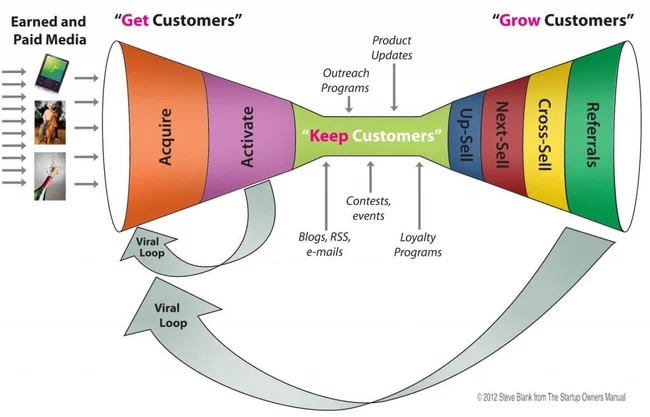 Gemma Purcell, Programme Manager at SETU – Carlow Campus
Gemma Purcell, Programme Manager at SETU – Carlow Campus

 Because Zarasyl is a new product, buyers may not know what it does, how it works, or why it’s so effective. This means that Adrienne’s first step in selling the product would typically mean a visit to the veterinary surgery, farm, or horse yard to have a face-to-face discussion with the buyer. These trips became impossible during Covid-19, so Adrienne turned her attention to the USA, reaching out to buyers individually and asking if they would like to trial the product.
Because Zarasyl is a new product, buyers may not know what it does, how it works, or why it’s so effective. This means that Adrienne’s first step in selling the product would typically mean a visit to the veterinary surgery, farm, or horse yard to have a face-to-face discussion with the buyer. These trips became impossible during Covid-19, so Adrienne turned her attention to the USA, reaching out to buyers individually and asking if they would like to trial the product.
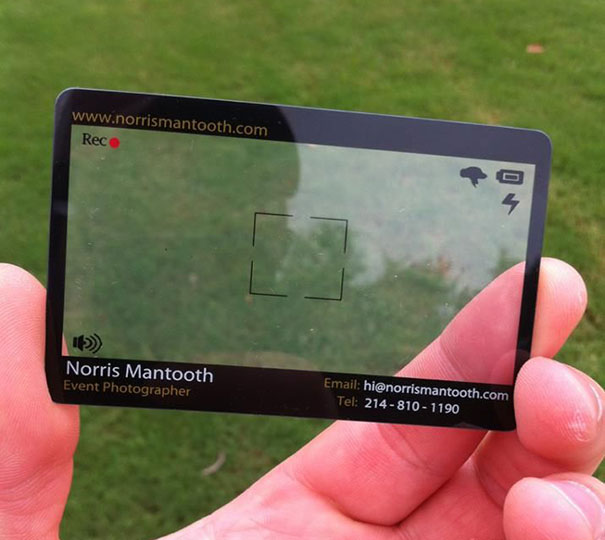






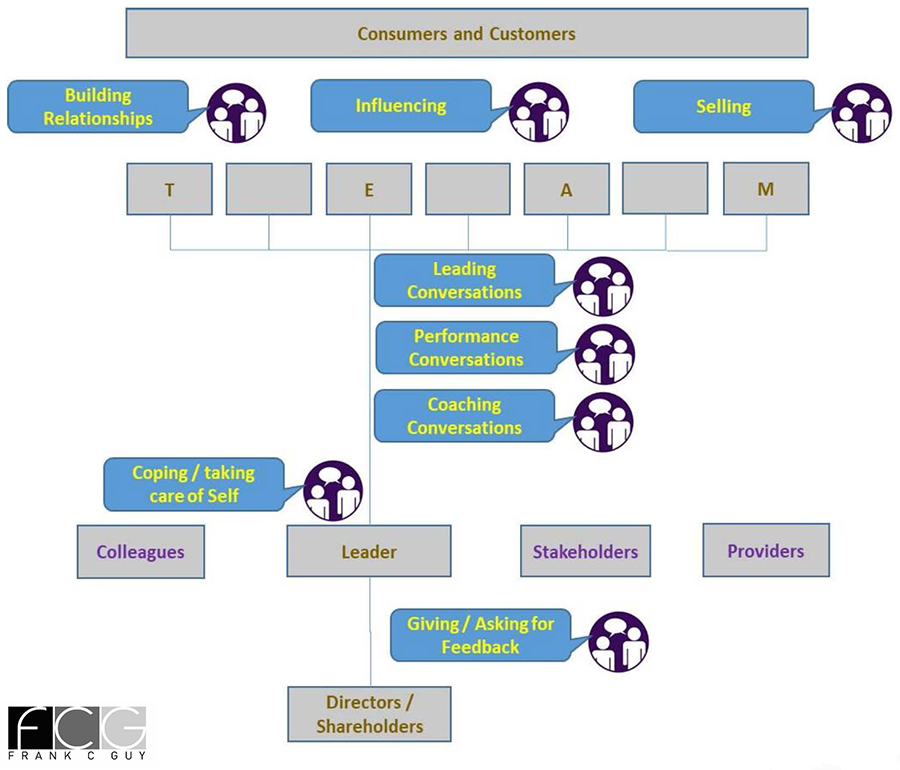

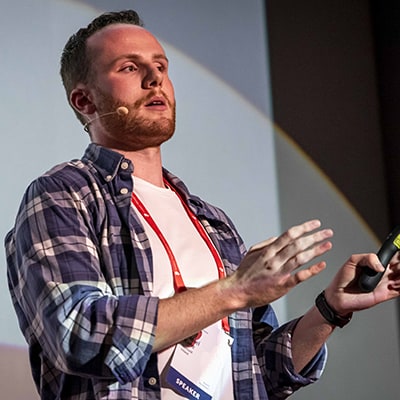

 The innovator mindset
The innovator mindset



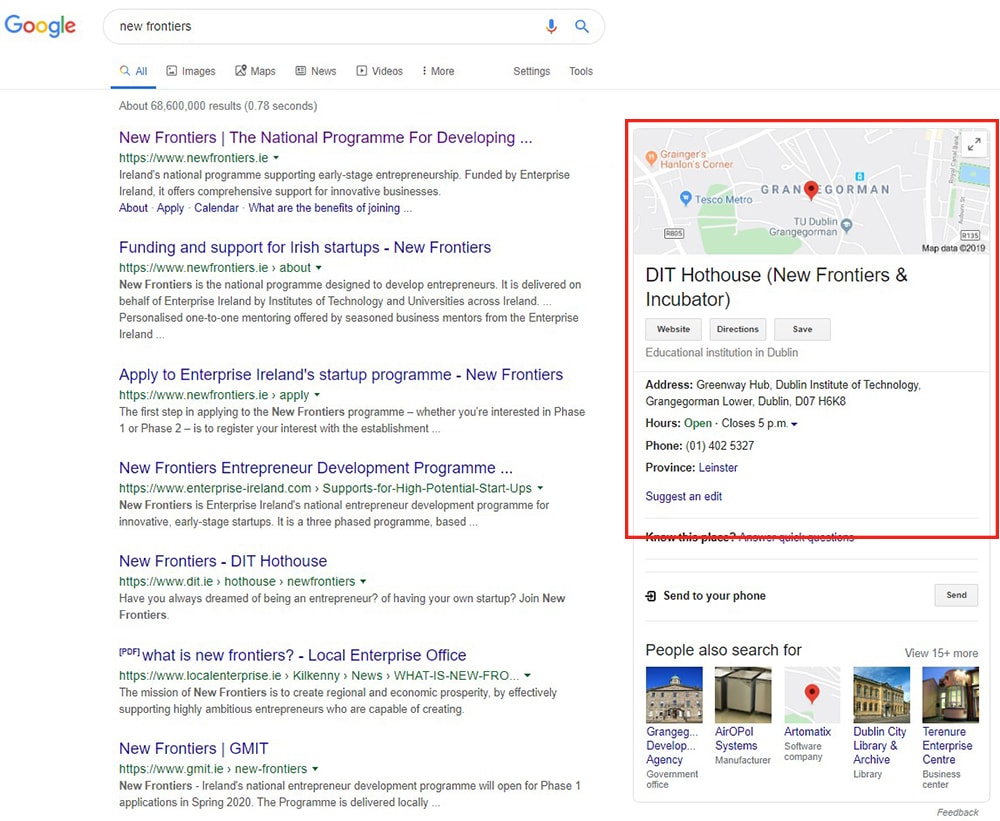




 Pierce Dargan
Pierce Dargan

 Finn Murphy
Finn Murphy


 Orla Donohoe
Orla Donohoe








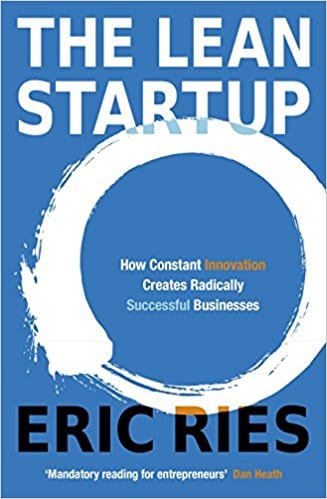 The customer-focused development process which was originally developed by
The customer-focused development process which was originally developed by  Dara Burke
Dara Burke

 Gerard Comerford
Gerard Comerford
 Stand preparation
Stand preparation


















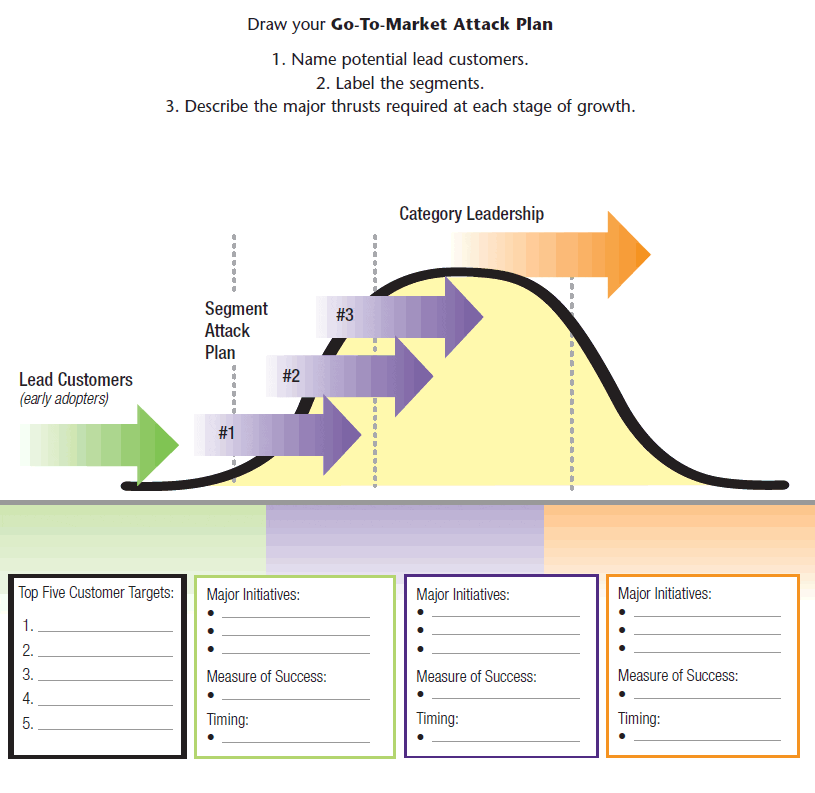 So what? Who cares? Why you?
So what? Who cares? Why you? Garrett Duffy
Garrett Duffy
 Francis Fitzgibbon
Francis Fitzgibbon




 Dominic Mullan
Dominic Mullan
 Nicola McDonnell
Nicola McDonnell
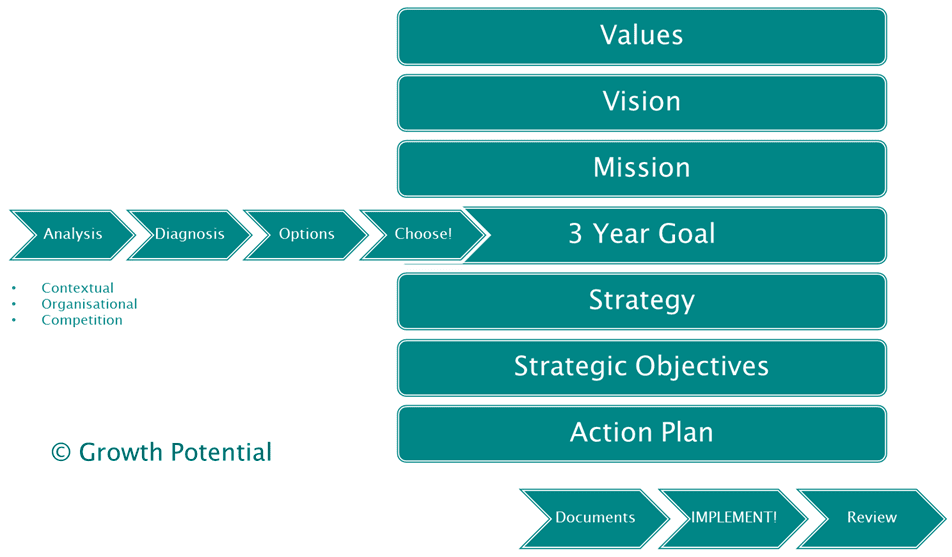






 David Craig
David Craig

 Dearbhla O’Dwyer
Dearbhla O’Dwyer
 Tony Corrigan
Tony Corrigan
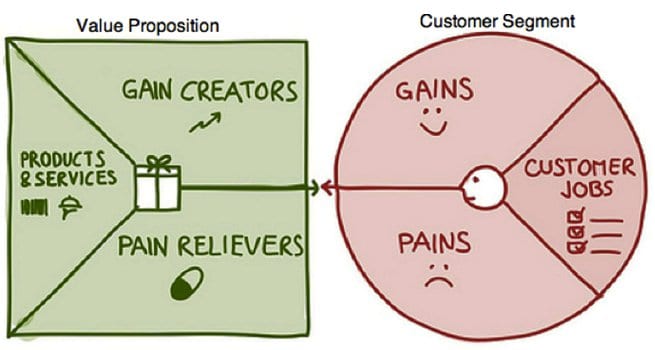 Value Proposition Canvas
Value Proposition Canvas Donncha Hughes
Donncha Hughes
